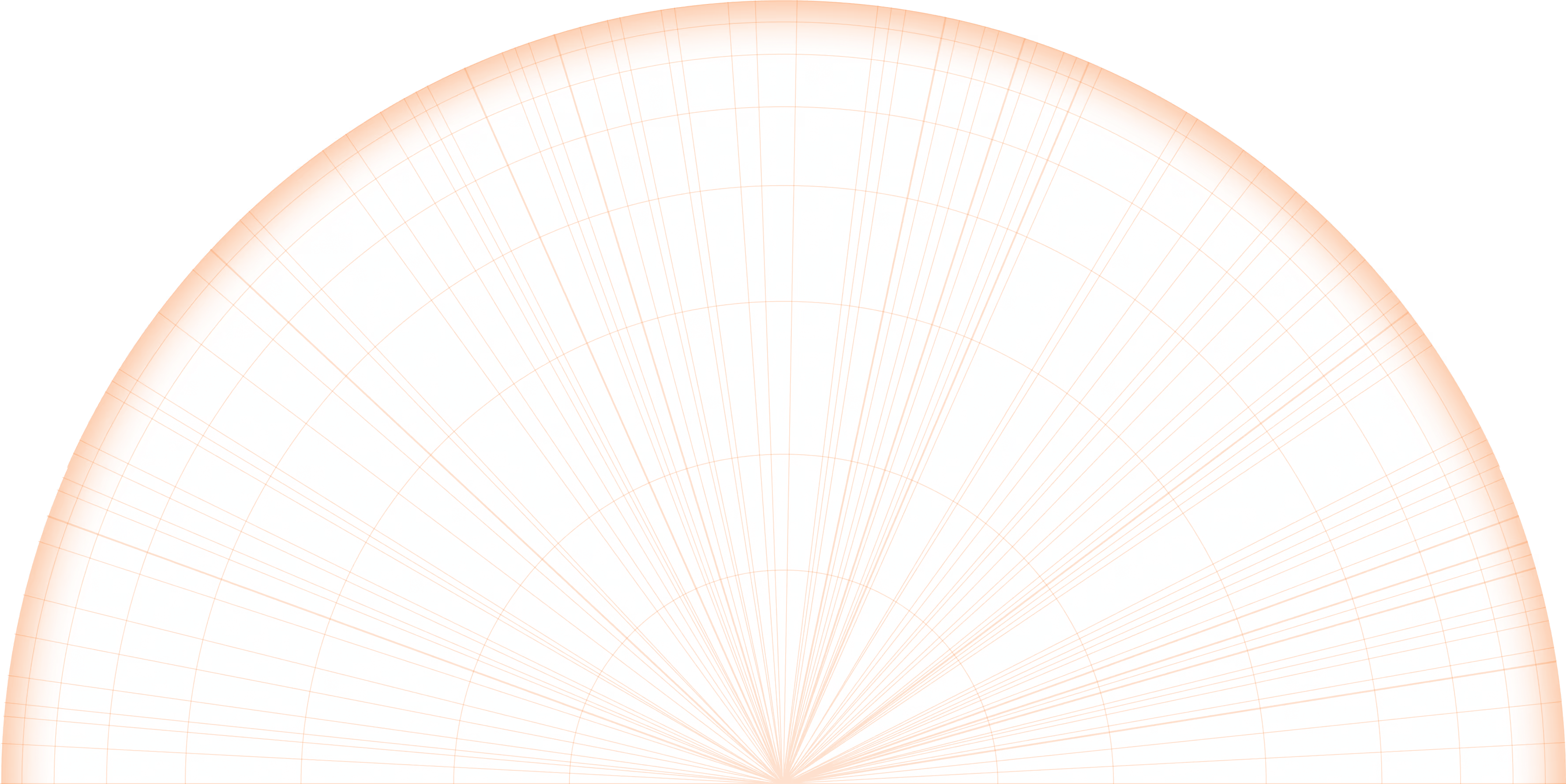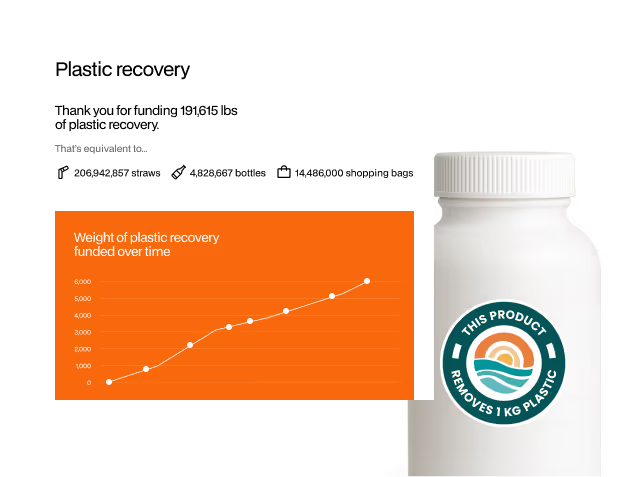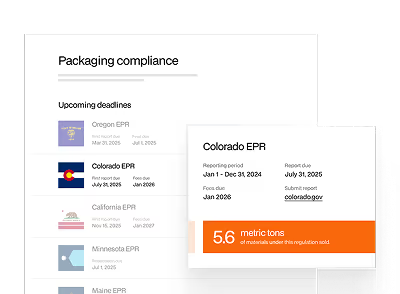We often see harrowing images circulating throughout the media: a picture of a beached whale whose stomach is filled with plastic bags, or of sea turtles whose necks are wrapped in plastic rings of soda cans. But how do our plastics enter our oceans?
The plastic straws, bottles, and cups that we see littering our beaches everyday are just the tip of the iceberg: they make up a small fraction of what actually enters our oceans each year. On the higher end, scientists estimate 12.8 million metric tons of plastic are floating in our oceans currently.
There three main ways how plastics enter our oceans:
1. Windbound Plastics

Plastics flooding our landfills get blown away by wind and enter nearby water bodies or exit through storm drains. Plastics such a LDPE, like plastic bags, are light, buoyant and can easily be picked up by the wind. Once they hit water however, they are easily sunken due to their large surface area. Check out the journey of a plastic bag from street litter to sea-bound.
2. Direct Littering or Dumping into the Ocean
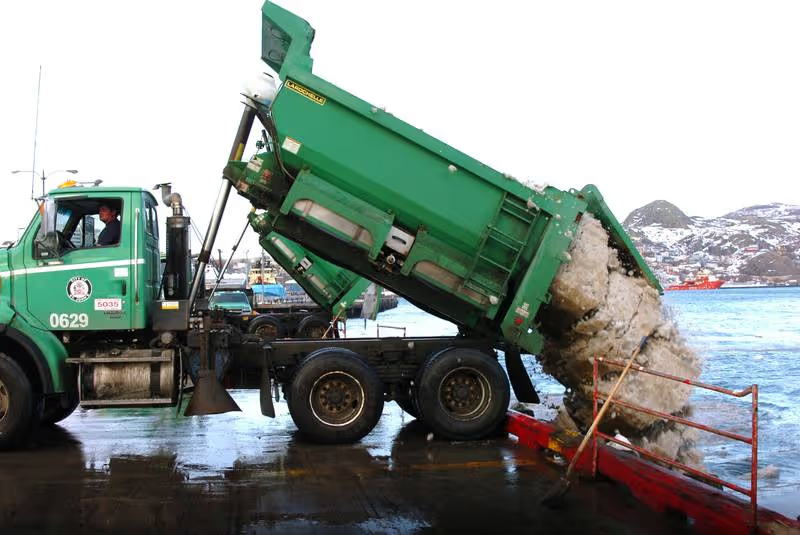
Across the globe, dumping garbage and littering into oceans, riverbeds, and beaches is still a very common practice. In fact scientists have analyzed the path of our garbage from river to open ocean and found that just 10 river systems carry 90% of the plastics that end up in the ocean. Eight of them are in Asia: the Yangtze; Indus; Yellow; Hai He; Ganges; Pearl; Amur; Mekong; and two in Africa – the Nile and the Niger. Garbage enters these systems due to the lack of formal waste management systems in these areas or the direct/indirect dumping of waste into water bodies.
3. Wastewater

Wastewater from municipalities flush microplastics and fibers into the ecosystem. Today many of our products from the microbeads in our toothpastes to the synthetic fibers in our clothes get washed down the drain. Microplastics and fibers are too small for many water municipalities to detect and capture, which means that they get passed through treatment centers and are leaked directly into oceans, rivers, and lakes. Microplastics are also found upstream of treatment plants due to agricultural runoff. These plastics are from municipal sewage sludge applied to agricultural land as fertilizer; the microplastics from our sewage thus impact all parts of a river system and then flows into our oceans.
Impact of Plastic on the Ocean

When plastic enters our ocean, they pose a great threat to marine life because they can take over 400 years to decompose. Over time, plastic waste breaks down via photodegradation into microplastics, pieces of plastic less than 5 millimeters in size. These microplastics are then consumed at the lower levels of the food chain by plankton and larvae, as well as by fish and crustaceans, and move their way up the food chain. The buildup of these plastics in sea turtles, sharks, whales and fish has been directly linked to endocrine disruption, inhibition of hatching, and decreased growth rates. The bioaccumulation of microplastics not only occurs within the oceanic food chain, it also affects humans. When we consume fish or crustaceans, we are unknowingly ingesting the very plastics we pollute the oceans with.
Rethinking Solutions to the Ocean Plastics Problem
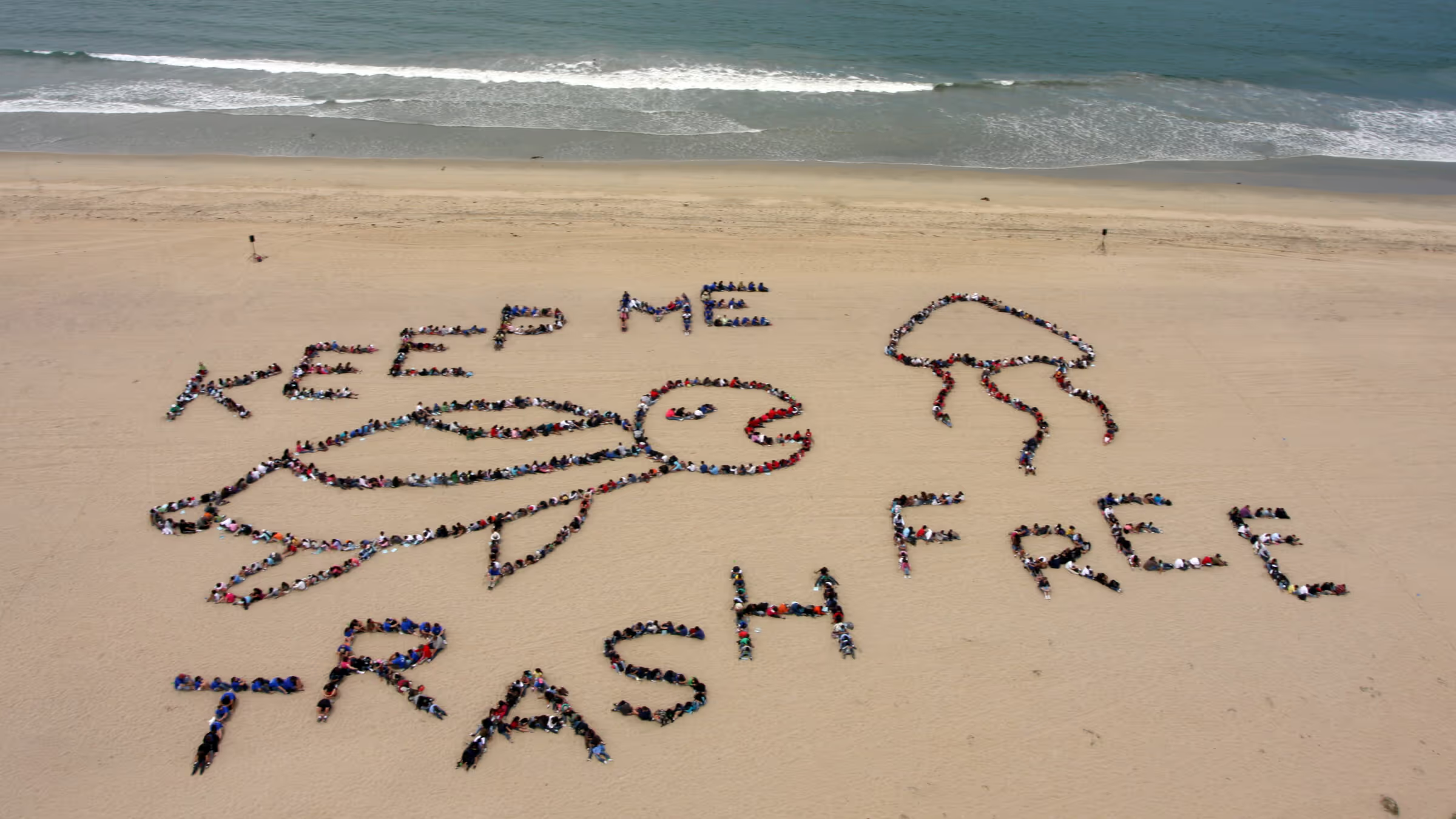
How can we stop plastics from entering our oceans? Massive river and beach cleanup initiatives have been started around the world. According to CNN, the UN called the restoration of Versova beach in Mumbai the “‘world’s largest beach clean-up project,’” collecting nearly 11.7 million pounds of trash from a roughly 1.5 mile long stretch of beach. The project was spearheaded by local organizers and volunteers and saw the community come together to return the beach to its previous pristine condition. Last year in June, the UN World Environmental Day focused on solving the plastic pollution problem, inspiring beach cleanups around the world.
But if we are to truly create long-term solutions to solving the world’s plastic waste problem, we need to change how we think about our plastic waste footprint. Beach clean-ups have proven to be effective, bringing communities together around a common cause to save our planet. Yet clean-ups only do so much. They perpetuate the linear movement of mass consumption of plastics to the mass production of plastic waste. If we are to create sustainable solutions for the future, we need to not only mitigate our generation of plastic waste, we need to reduce or end our consumption of plastics altogether.
Progress Made, Progress to Come

Countries, as well as corporations, around the world are already taking steps to achieve this goal. In 2018, Mumbai, the largest city in India, implemented a ban on single-use plastics, with notable exceptions for trash bags, takeout containers, and retail packaging. According to the Huffington Post, by 2022, all of India will see a ban on single-use plastics. This is of particular significance given the immense amounts of plastic waste both generated by India itself and purchased by India from other nations around the world.
Starbucks has pledged to end the use of disposable straws by 2020 globally, and the BBC writes that in the United Kingdom and Ireland, McDonalds has moved to replace plastic straws with more sustainable paper straws.
Around the world we are seeing countries and corporations making strides to reduce or end their production and consumption of single-use plastics. But it will take a more complete and further reaching effort to truly stop the immense amounts of plastic waste from continuing to enter and pollute our oceans.
Learn more about how these ocean plastics affect various creatures of the sea here. You can help keep the planet safe for the marine animals who are endangered by the plastic we use. For about the price of a coffee a month, eliminate as much ocean-bound plastic waste as you use and go Plastic Neutral with us today.


.jpg)
.avif)
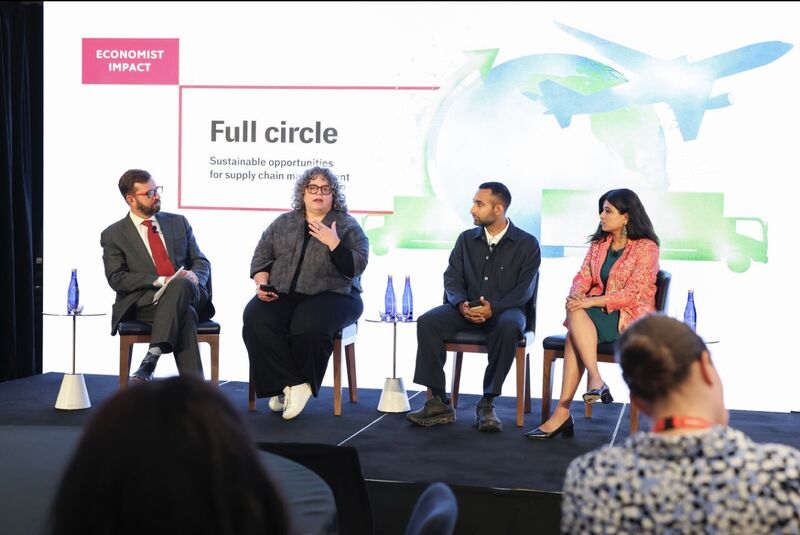
.jpg)


